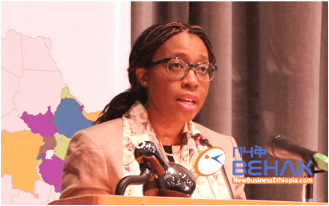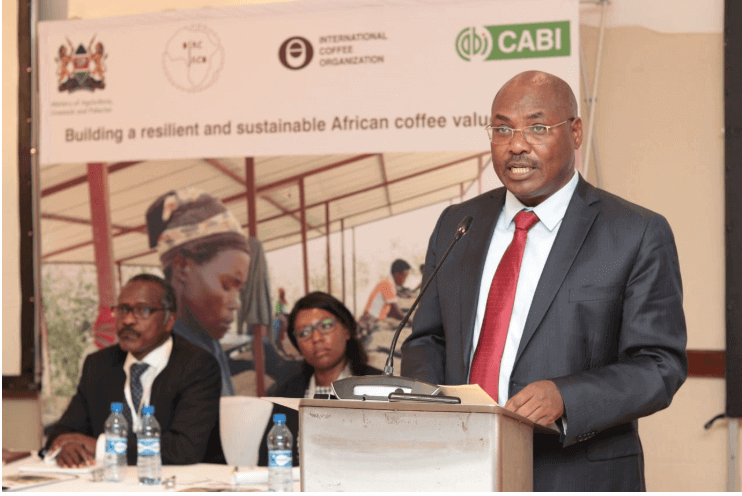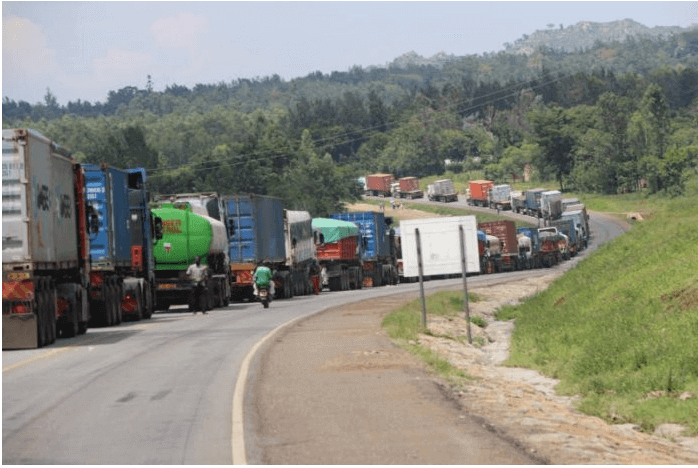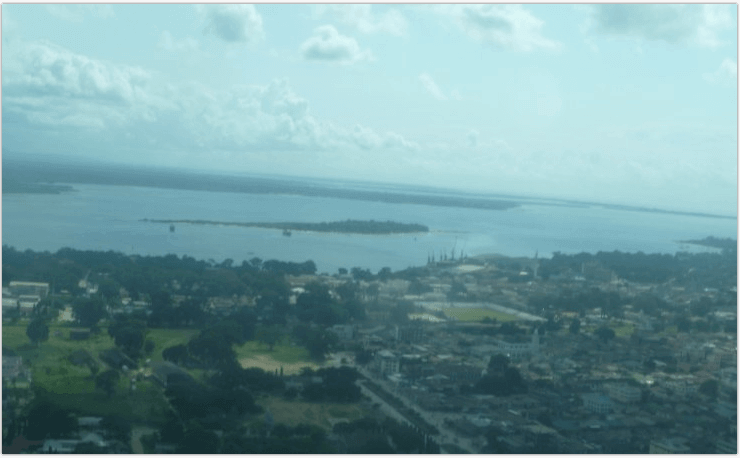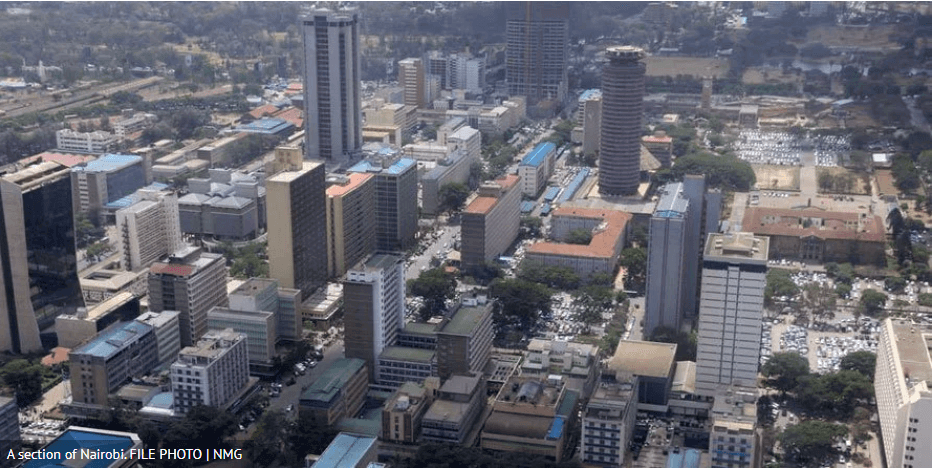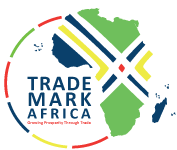Kenya’s new Sh350 million world-class cruise ship terminal will be commissioned next month during the tourist arrivals peak season when luxury ships are expected to dock at Mombasa port. The terminal is expected to create 300 jobs directly, boosting local industries such as the transport sector, hotels, food providers and curio sellers. In an interview last week, Tourism and Wildlife Secretary Najib Balala, said the completion of the terminal —which is being constructed using a Sh250 million funding from the Kenya Ports Authority (KPA) and another Sh100 million from Trade Mark East Africa (TMA) — will give a much-needed lift to the sector’s fortunes. Industry players are now gearing up for the cruise ship peak season which is set to bring good tidings to the country as the construction of the cruise terminal at the port currently stands at 95 percent complete. On Sunday, the Port of Mombasa received MS Albatros, the first cruise vessel for the season carrying 446 passengers and 346 crew members. It was sailing from Zanzibar. While in Mombasa, the tourists toured the city, Maasai Mara, Tsavo National Park and Shimba hills. The new terminal includes duty -free shops, restaurants, conference facilities and offices for key stakeholders in the industry. The practical handover expected to take place in the next two weeks. The completion comes in time for the cruise tourism during the festive December period. “We are pleased to have this call from Ms Albatros; it is the first passenger cruise ship of 2019 docking...
Cruise ship terminal to be launched next month
Posted on: November 7, 2019
Posted on: November 7, 2019


